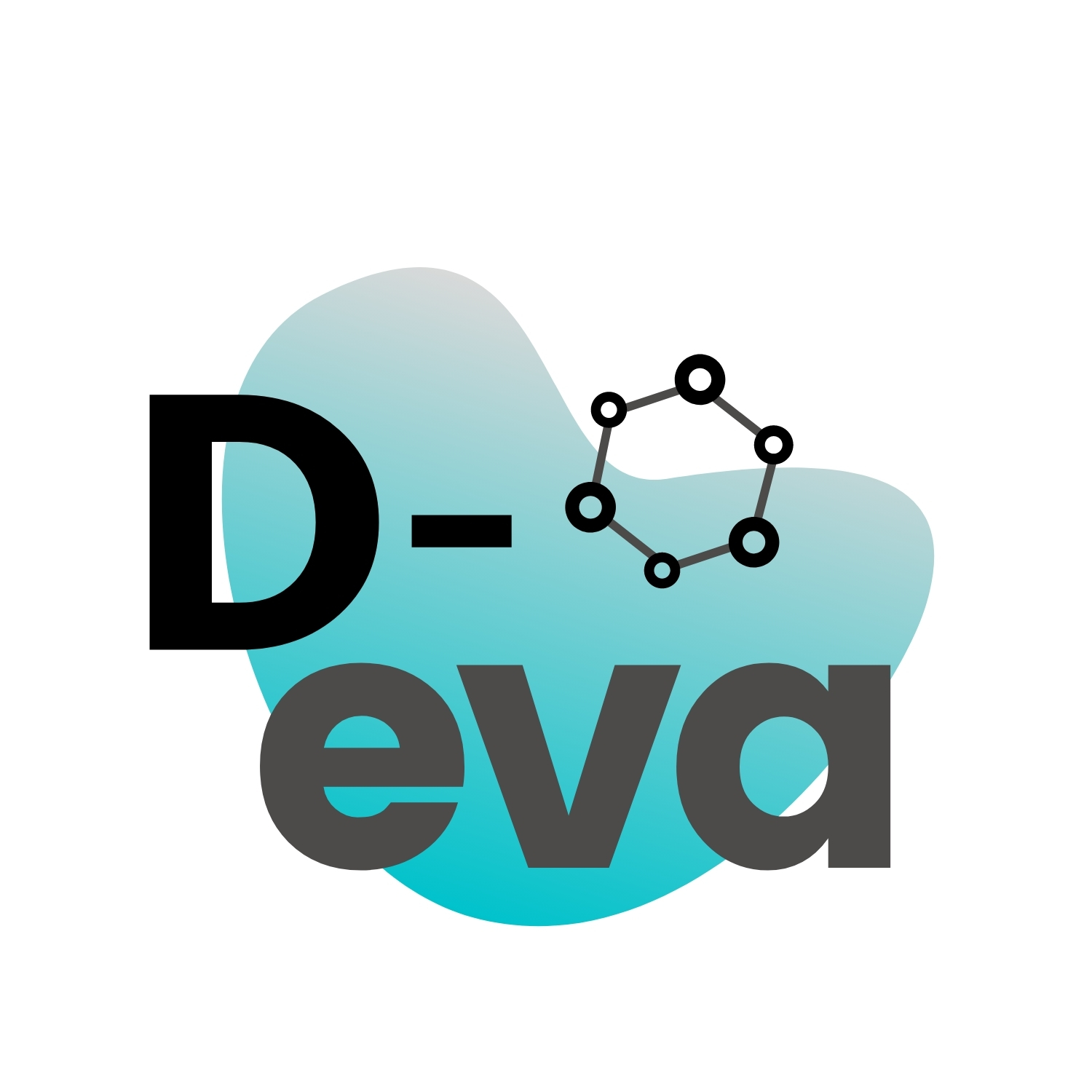
The Debate on Sustainable Development Goals
by: D-Eva ProjectThe teacher asks students to prepare the case for their argument as a group. Each group will prepare to present one key point and select a speaker, to support his group’s argument for approximately 1 minute. The group members should seek evidence (data, quotations, etc.) to emphasize their point. Teacher will provide ideas (links, documents, guides etc.) for helping students prepare for the debate.
Keywords
SDGs, sustainable development, debate, critical thinking, structuring and mapping arguments
Problem justification
Sustainable Development Goals (SDGs) are 17 goals and 169 objectives, which 193 governments – members of the UN - agreed to be reached by 2030. These goals target to eradicate poverty and inequality, promote sustainable development, good governance and sustaining peace, and also address climate change issues.
Debate is recognized as one of the top activities for increasing learning outcomes over time, a simple activity that can help teachers introduce difficult topics and get students collaborating, communicating, being creative and thinking critically about issues and problems in the world. Using debate, the teacher can engage students in thinking critically about the Sustainable Development Goals and help them work towards solving real problems that affect their world. Moreover, this gets them actively engaging in their own learning.
Just as other technologies have helped to enliven survey research (e.g., the development of online survey platforms like QuestionPro, which has a rich suite of research tools) the availability of new technologies can help jump start innovations in teaching and learning. On the other hand, whilst many of us have been readjusting to working in isolation due to COVID-19, the entire digital landscape of education has transformed itself.
Thus, in these times, choosing a digital tool can not only give every student a voice and enhance students learning and motivation, but there's no talking over each other and students can have the space to explore arguments at their own pace, working asynchronously. Moreover, using a collaborative platform encourages students to work together to find the best way to express each idea.
Competences
To allow students to engage in a critical manner and develop a better understanding about SDGs.
To encourage / promote critical debate skills about the SDGs, so that students are aware of the SDGs, have critically evaluated them in their own minds and have drawn their own conclusions.
To develop debating, speaking, listening and literacy skills through debate training and competitions that will ultimately improve self-esteem, collaboration, communication, logical thinking, team-work, decision-making skills, and academic achievement. Boosts cognitive skills, meta-cognitive skills, socio-emotional skills, research skills, active listening, knowledge acquisition, argumentation and presentation skills.
Assessment strategies and instruments
Teacher Observation
Draft challenge responses from students
Case study presentations
Teachers should consider focusing their assessment on skills beyond the pros and cons contributions. For instance, teachers can encourage students to get active in the comments nested within each pro or con. It's here that students discuss individual contributions or provide sources to further establish or debunk claims. Focusing on this layer of detail will help students see how claims must be backed up -- and that moderation is an important part of healthy online discussion. Teachers can use formative or summative assessment. Teachers could develop a set of rubrics that look at things like:
Students' use of evidence and examples
Whether comments build on those of other people
Whether responses to other participants address their arguments directly
Assessment criteria
To assess the impact of the debate exercise we can use a rubric such one of Stanford debate rubric, based on assessment criteria such as organization and clarity, use of arguments, use of examples and facts, use of rebuttal and presentation style. See details: https://web.stanford.edu/class/cs326/classroom_debate_rubric.pdf.
Description of the feedback
In general, there are three ways that classroom debates can be evaluated.
Students evaluate their own debates.
Students evaluate each other’s debates.
The teacher evaluates the debates/each student’s performance in the debate.
However, in all events, evaluation is based on a certain set of criteria (see above). For class purposes content and style are usually the most relevant ones. In our case, the feedback is oral and synchronous.
Type of digital tools
With Kialo-Edu, the teacher can have engaging and well-structured classroom discussions with students about any given topic. Students can apply their knowledge through active participation and grasp the complexity of the topic being discussed. It also provides moderators with a set of tools that enable collaboration. These tools shape the ways moderators interact with each other.
Levels of potential digital transformation
Accessible and available: developed lots of times, easy and known
Example of a case
Discuss and Debate Sustainability - https://www.kialo.com/tags/Sustainability
Climate change – myth or reality? - https://www.kialo-edu.com/p/7002eca9-3ef8-4464-9769-2f5099d7b50f/1090 (In Romanian)
While no one grading rubric can apply to all assignments on Kialo-Edu - and adaptations will always be necessary depending on the subject and background of students – we list below a sample grading rubric below as a reference.
Table 3. Example of a rubric for assessing a debate activity.
References
Beck, J., Neupane, B., & Carroll, J. M. (2019). Managing conflict in online debate communities. First Monday, 24(7). https://doi.org/10.5210/fm.v24i7.9585.
Budhai, S.S. (2021). Leveraging Digital Tools to Assess Student Learning. Routledge. https://www.routledge.com/Leveraging-Digital-Tools-to-Assess-Student-Learning/Budhai/p/book/9780367363727
Butcher, C. (n.d.). Creating online debates using Kialo Edu, available at https://educate.apsanet.org/wp-content/uploads/Creating-Online-Debates-Using-Kialo-Edu.pdf
Chaudoin, S., Shapiro, J.N. & Tingley, D. (August 2017). Revolutionizing Teaching and Research with a Structured Debate Platform, available at https://scholar.harvard.edu/files/dtingley/files/structureddebate.pdf.
Concern Debates. (2020). Debates Handbook. Concern Worldwide. https://admin.concern.net/sites/default/files/documents/2020-08/Concern%20Debates%20Handbook%20Final%202020_1.pdf
Denby, J. (2021, June 28). Kialo Edu Review for Teachers. Common Sense Education. https://www.commonsense.org/education/website/kialo-edu
KialoEdu. (n.d.). Tips for grading Kialo Assignments. KialoEdu. https://support.kialo-edu.com/hc/en-us/articles/360038670572-Tips-for-Grading-Kialo-Assignments
Payne, R. (2020, April 13). Use Kialo to help students discuss, debate and defend [Video]. YouTube. https://www.youtube.com/watch?v=UZ9k1gUdD9k
Yang, C. H. & Rusli, E. (2012). Using Debate As A Pedagogical Tool In Enhancing Pre-Service Teachers Learning And Critical Thinking. Journal of International Education Research (JIER), 8(2), 135–144. https://doi.org/10.19030/jier.v8i2.6833
No comments yet